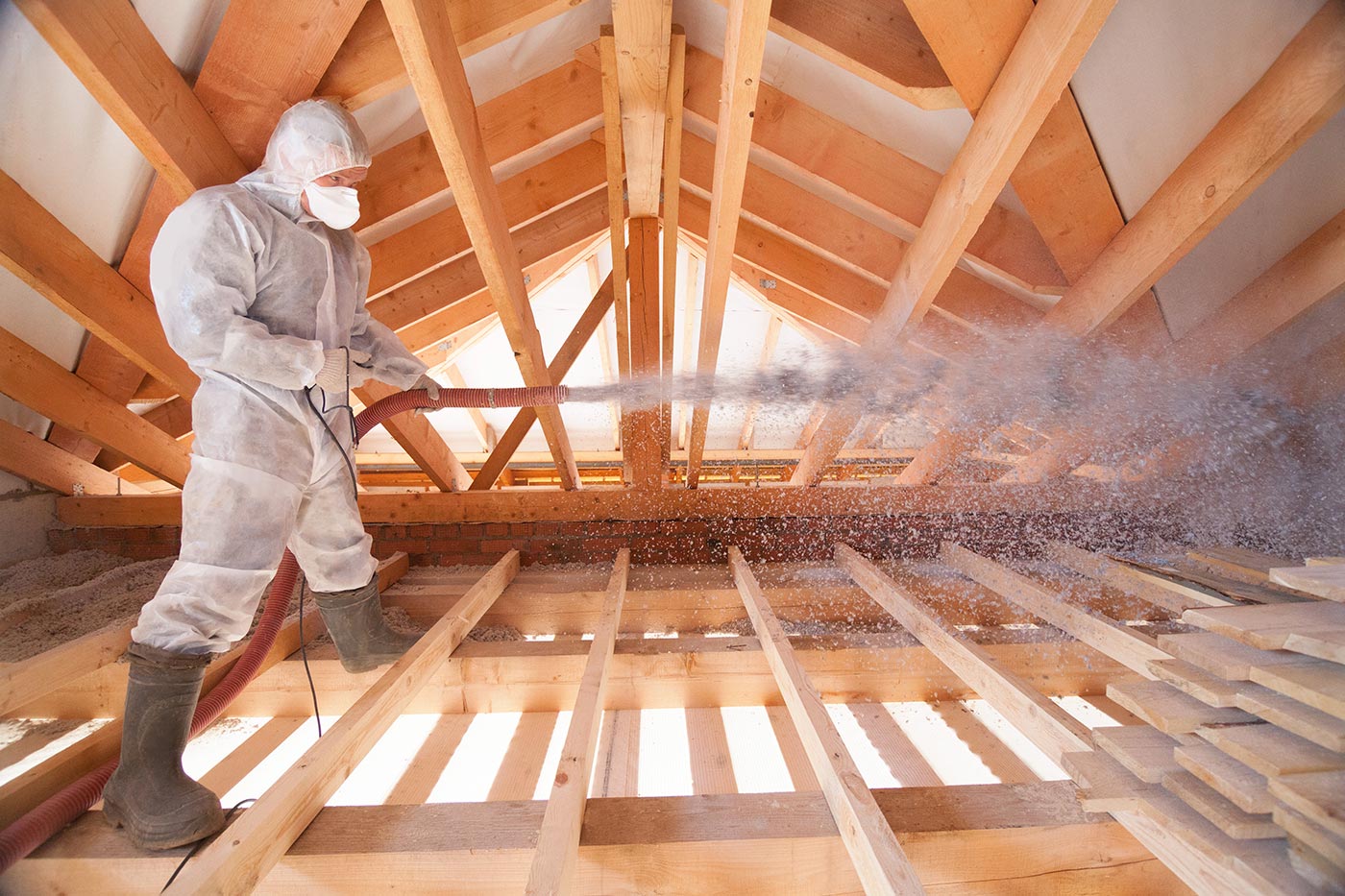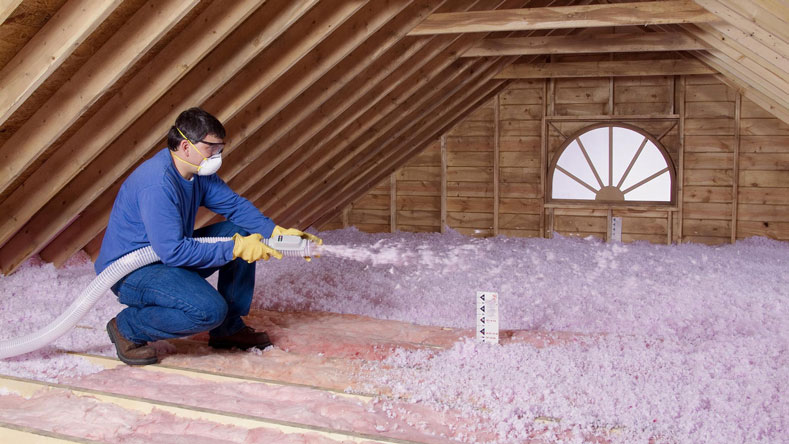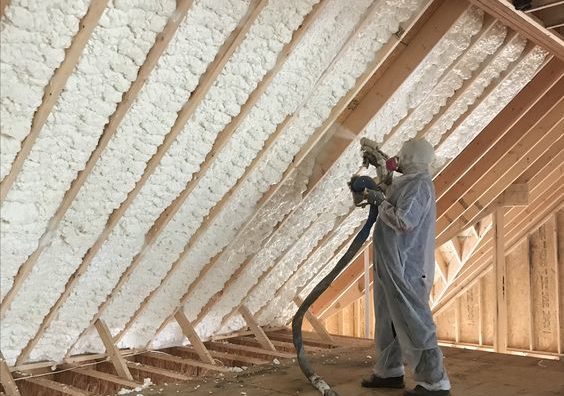
Energy loss through the attic is a significant contributor to higher heating and cooling bills in many homes. When your attic lacks proper insulation, sealing, or ventilation, it allows heated or cooled air to escape, forcing your HVAC system to work harder. This increases energy consumption unnecessarily. The core solution is to ensure your attic is properly insulated, air-sealed, and ventilated to minimize this loss and improve home comfort.
This article explains how attics cause energy loss, outlines the main factors involved, and presents key technical data and comparisons of insulation types. You will learn what to consider before taking action and find answers to common questions about attic-related energy issues.
How Attics Cause Energy Loss
Attics are natural pathways for heat transfer because heat rises. Without sufficient barriers, warm air escapes in winter, and hot air infiltrates in summer. Three main factors contribute to attic energy loss:
Air Leakage — Gaps and cracks around attic openings, ducts, and penetrations allow unconditioned air to flow freely, bypassing insulation.
Insufficient Insulation — Thin, old, or missing insulation layers do not adequately slow heat flow through the attic floor or roof.
Poor Ventilation — Without proper airflow, trapped heat and moisture degrade insulation performance and increase energy waste.
The U.S. Department of Energy estimates that up to 25-30% of a home’s energy loss occurs through the attic, highlighting the importance of addressing attic conditions.
Types of Attic Energy Loss
Air Leakage
Air leaks happen at attic hatches, recessed lights, plumbing stacks, and wiring gaps. These leaks cause warm or cool air to escape directly and compromise insulation effectiveness.
Insulation Gaps or Thinness
Older homes often have outdated insulation materials or insufficient thickness. Over time, insulation settles or becomes damaged, reducing its thermal resistance.
Ventilation Deficiencies
Attics need balanced intake and exhaust vents to maintain stable temperatures and moisture control. Poor ventilation traps heat and moisture, leading to mold growth and insulation breakdown.

Comparison of Common Attic Insulation Types
Insulation Type
R-Value per Inch
Approximate Cost per sq.ft
Lifespan
Advantages
Disadvantages
Fiberglass Batts
2.9 – 3.8
$0.40 – $1.50
20-30 years
Cost-effective, DIY-friendly
Can leave gaps if poorly installed
Blown-in Cellulose
3.2 – 3.8
$1.00 – $2.00
20-30 years
Good air sealing, eco-friendly
Settles over time, prep needed
Spray Foam (Open Cell)
3.5 – 3.6
$1.50 – $3.00
20+ years
Air seals and insulates
Higher upfront cost
Spray Foam (Closed Cell)
6.0 – 7.0
$2.00 – $4.00
30+ years
High R-value, moisture barrier
Expensive, requires pros
Technical Data on Attic Energy Loss and Insulation
Parameter
Definition
Effect on Energy Efficiency
R-Value
Resistance to heat flow (higher is better)
Determines insulation effectiveness
Air Leakage Rate (ACH)
Air changes per hour due to leaks
Lower ACH reduces energy loss
Ventilation Rate
Airflow in cubic feet per minute
Proper ventilation reduces heat and moisture buildup
Insulation Thickness
Measured in inches
Thicker insulation increases R-value
Temperature Difference
Indoor vs. outdoor temperature
Larger difference increases heat transfer risk
Market Data on Attic Energy Loss
According to the U.S. Energy Information Administration, homeowners spend roughly 45% of their energy on heating and cooling. Studies show that sealing attic air leaks and upgrading insulation can reduce this by 10-20%, saving hundreds of dollars annually on energy bills.

Things to Consider Before Making a Decision
- Current Attic Condition: Assess existing insulation type, thickness, and condition. Identify visible air leaks and moisture damage.
- Climate Zone: Colder climates require higher R-values for winter heat retention, while hot climates focus on preventing heat gain.
- Ventilation Needs: Ensure your attic has a balanced ventilation system with intake and exhaust vents to prevent moisture and heat buildup.
- Budget and ROI: Some insulation types have higher upfront costs but longer lifespans and better performance. Factor in potential energy savings.
- Installation Complexity: DIY options exist for batt and blown-in insulation, but spray foam typically requires professional installation.
- Moisture Control: Proper vapor barriers and ventilation prevent mold and insulation degradation.
Bonus Tip: Always seal air leaks before adding or upgrading insulation to maximize efficiency.
How to Identify Attic Air Leaks and Insulation Issues
- Look for daylight or drafts around attic hatches, vents, and penetrations.
- Inspect insulation for uneven coverage or compression.
- Use thermal imaging cameras to spot heat loss areas.
- Check for mold or moisture stains indicating ventilation problems.
Common Questions About Attic Energy Loss
How much can attic improvements reduce energy bills?
Upgrading insulation and sealing leaks can cut heating and cooling costs by 10-20%, depending on home size and climate.
Is it better to insulate the attic floor or the roof deck?
Insulating the attic floor is common and effective in ventilated attics. For conditioned attics or those used as living space, roof deck insulation may be necessary.
How thick should attic insulation be?
Recommended thickness varies by region but usually ranges from 10 to 14 inches for fiberglass or cellulose to meet R-38 to R-49 levels.
Can poor attic ventilation cause energy loss?
Yes. Poor ventilation traps heat, reducing insulation effectiveness and increasing cooling loads.
Attic Energy Loss FAQ
What is the single biggest cause of attic energy loss?
Air leakage through unsealed gaps is the most common and costly cause.
Can DIY insulation projects be effective?
Yes, but attention to detail in sealing and installation is critical to avoid gaps that reduce performance.
How often should attic insulation be replaced or upgraded?
Every 20-30 years or sooner if damaged or significantly settled.
Does adding ventilation alone reduce energy loss?
Ventilation controls moisture and heat buildup but does not replace insulation or air sealing needs.
What tools help detect attic energy loss?
Thermal cameras, smoke pencils, and blower door tests reveal leaks and insulation issues.
Make the Right Decision
Energy loss through your attic directly impacts comfort and utility expenses. Start by inspecting your attic for air leaks, insulation gaps, and ventilation problems. Select insulation based on your climate, budget, and attic type, prioritizing proper air sealing first. Upgrading attic insulation and ventilation can save significant energy and improve your home's performance for years. Carefully weigh your options, consider long-term benefits, and plan improvements that fit your home’s specific needs.
Author and Reviewer:
Author: Bob Gasca attended his first spray foam training in 2007 and has continued to pursue yearly training to stay current with the latest technology and practices. He is a certified Spray Foam Master Installer through the SPFA and a member of the SPFA. Additionally, Bob serves as a Spray Foam Worldwide Ambassador, sharing information with spray foam professionals globally. Recently, he returned from a building science training, where he expanded his knowledge on how weather conditions affect home performance, helping him better diagnose and improve home health for families. Bob specializes in finding solutions to complex moisture and air infiltration issues.
Reviewer: Noah Gonzalez reviewed this article and drew on 9 years of experience to offer suggestions that make the guidance more directly useful for insulation contractors.





Comments